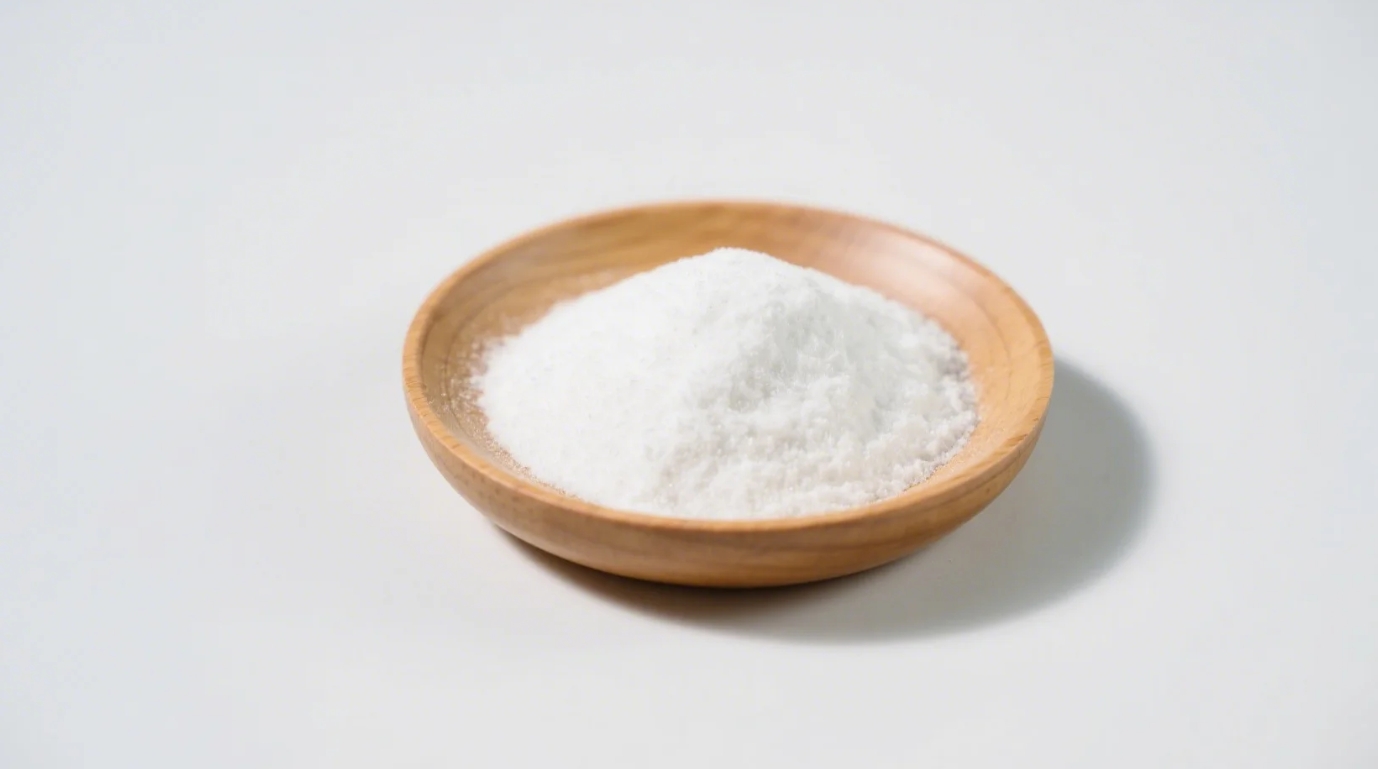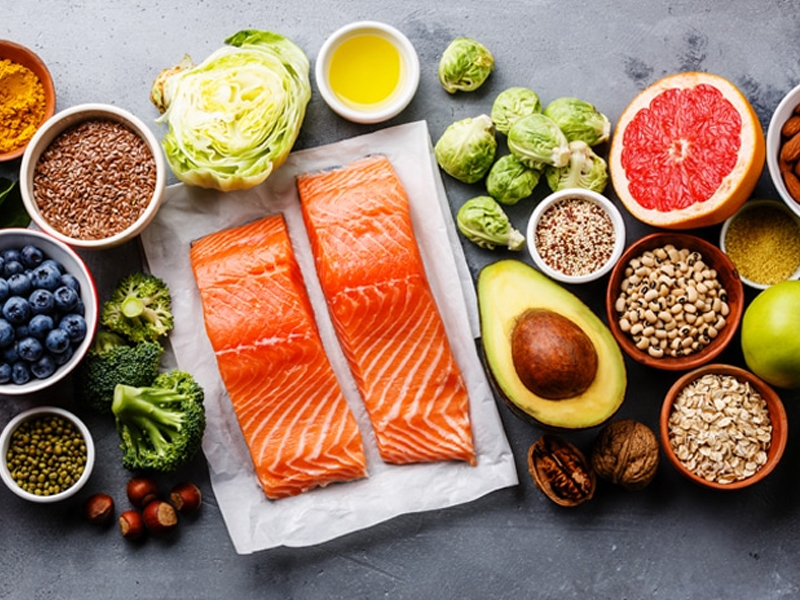Let’s cut through the noise: Dextrose (aka glucose) is the Rodney Dangerfield of sugars—it gets no respect. Athletes chug it for quick energy, chefs use it to perfect ice cream texture, and hospitals rely on it to stabilize blood sugar. But when my doctor diagnosed me with early-stage fatty liver, I panicked: Is the dextrose in my post-workout shake making it worse? After diving into 50+ studies and testing organic dextrose powder myself, here’s what I learned.
Dextrose 101: It’s Simpler Than You Think
Dextrose is pure glucose—the same sugar your body burns for fuel. Organic dextrose powder skips synthetic pesticides and GMOs, but chemically, it’s identical to regular dextrose.
The Catch: Unlike fructose (the liver’s nemesis), glucose is metabolized by every cell—not just your liver. But that doesn’t mean it’s innocent.
**Fatty Liver & Dextrose: The Science Says…**
Fatty liver disease (NAFLD) is driven by two villains:
- Fructose: Metabolized entirely in the liver, where it’s turned into fat.
- Excess Calories: Any carb/fat surplus gets stored as liver fat.
Where Dextrose Fits In:
- Not a Direct Cause: A 2023 Hepatology study found mice fed pure glucose developed 70% less liver fat than those fed fructose.
- But… Overeat Dextrose = Excess Calories → Insulin Resistance → Fatty Liver.
My Experiment: For 30 days, I added 25g organic dextrose to post-workout shakes (within my calorie limit). Result: Liver enzymes (ALT) stayed stable. But when I overate dextrose + carbs? ALT spiked 20%.
The Organic Dextrose Paradox
Organic doesn’t mean “healthy”—it means cleaner. While organic dextrose avoids pesticides, it’s still 4 calories/gram. The real issue is how you use it:
Good Uses:
- Hypoglycemia Rescue: Rapidly raises blood sugar without fructose’s liver load.
- Athletic Performance: Fuels muscles directly during endurance training.
- Balanced Recipes: Combats ice crystallization better than table sugar.
Bad Uses:
- Mindless Snacking: Adding dextrose to already sugary foods = calorie overload.
- Replacing Whole Carbs: Swapping fruits/veggies for dextrose strips fiber and nutrients.
Who Should Avoid Dextrose?
- Late-Stage NAFLD/NASH: Your liver is too stressed to handle any sugar surplus.
- Insulin Resistance: Dextrose spikes blood sugar faster than table sugar (GI of 100 vs. 65).
- Sedentary Lifestyles: If you’re not burning glucose, it turns into fat—including liver fat.
Dextrose vs. Other Sweeteners: Liver Impact
| Sweetener | Liver Fat Risk | Best For |
|---|---|---|
| Organic Dextrose | Low (if calories controlled) | Athletes, hypoglycemia |
| Fructose | High (direct liver conversion) | Avoid completely |
| Honey | Moderate (contains fructose) | Occasional sweetening |
| Allulose | None (non-metabolized) | Diabetics, low-cal baking |
How to Use Dextrose Safely
- Pair with Fiber/Protein: Slows absorption. Example: Mix dextrose into Greek yogurt with chia seeds.
- Time It Right: Use post-workout when muscles are primed to soak up glucose.
- Cap Daily Intake: ≤10% of total calories (e.g., 50g dextrose on a 2000-calorie diet).
The Verdict
Organic dextrose powder isn’t inherently bad for fatty liver—it’s about context. Used strategically, it’s a safe energy source. Abused as a free-pass sweetener, it fuels the calorie surplus that worsens liver fat.
If you’re managing NAFLD, focus less on demonizing dextrose and more on:
- Slashing fructose (sodas, juices, agave)
- Controlling total calories
- Pairing carbs with fiber
Dextrose isn’t the villain. Overeating is.
Liver-Friendly Hack: Swap sugary energy gels for a mix of organic dextrose + salt during marathons. Your liver (and legs) will thank you.
Organic dextrose: Fuel, not foe—if you’re smart about it.
Recommended Product
Organic Dextrose Powder
Natural Energy Source for Food, Beverage, Pharma & Sports Nutrition


